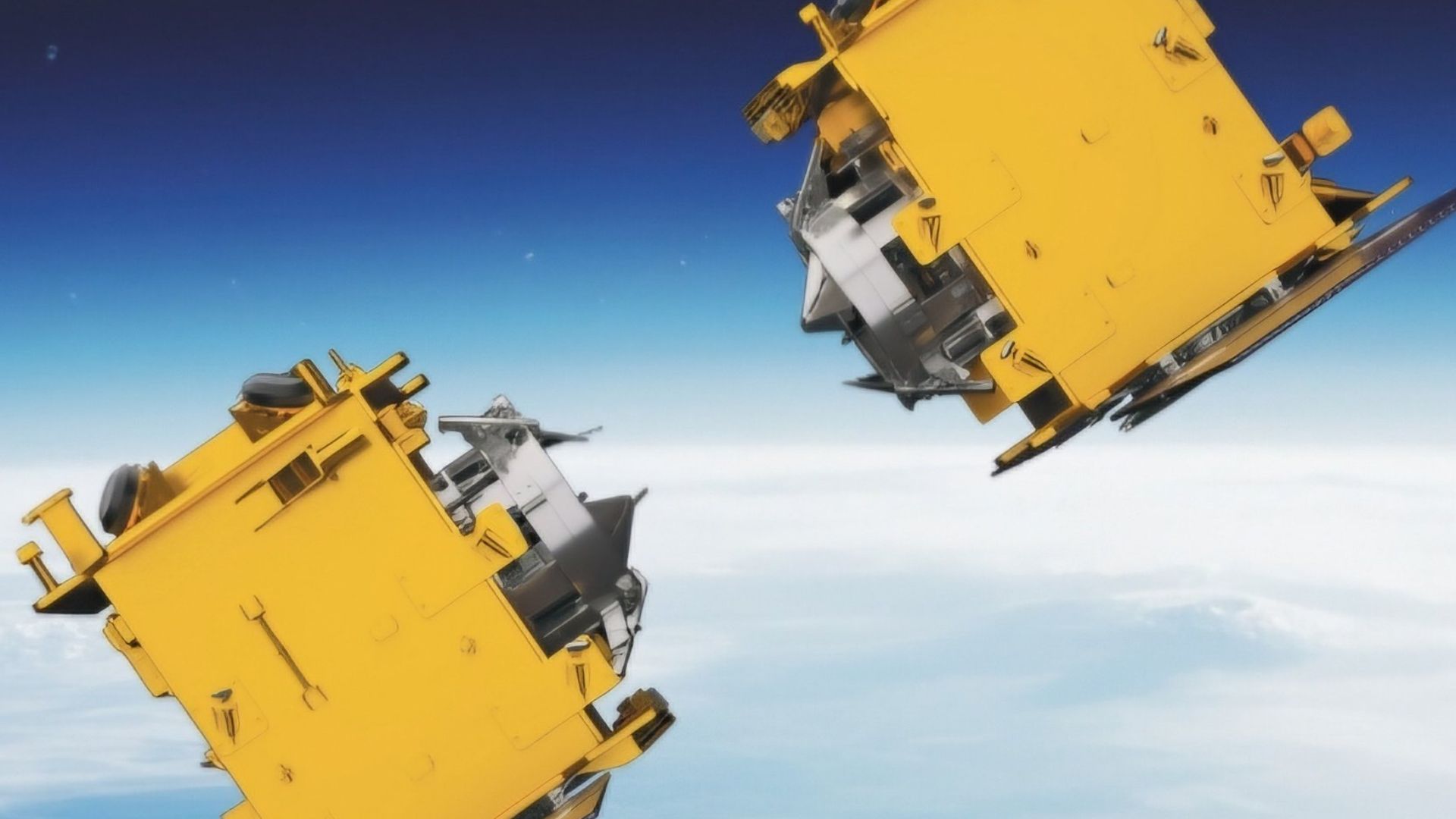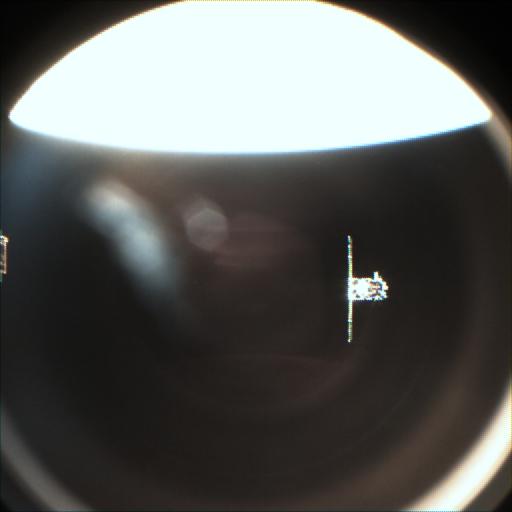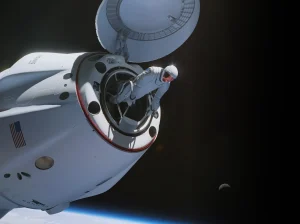SpaDeX Docking: India Becomes Fourth Country To Achieve Unmanned Space Docking
31st Dec 2024
On 30 December 2024, the Indian Space Research Organization (ISRO) successfully launched two SpaDeX Satellites using a Polar Satellite Launch Vehicle (PSVL). This mission is the first of its kind from India and will pave the way for more space achievements that the country is planning to make over the coming years.
SpaDeX Docking Successful
Updated on 16th January
On Thursday, India became the fourth nation to accomplish a successful unmanned space docking, which is a crucial step for future missions. Only the United States, Russia, and China have previously developed and tested docking capabilities.
“Spacecraft docking successfully completed! A historic moment,” ISRO wrote on X.
Successful Docking Satellites Test
Updated on 13th January
On Sunday, ISRO carried out a trial in which two Space Docking Experiment (SpaDeX) satellites were brought within a distance of 3 meters. However, the Space Organisation subsequently moved the satellites back to a safe distance to allow for data analysis before proceeding with the docking process.
The Docking Test Postponed Again
ISRO recently aborted its SPADEx docking attempt after the two satellites entered a “safe mode” during the operation, causing concerns about potential issues with the docking procedure.
Despite successfully reaching the desired proximity of three meters, the satellites’ systems triggered precautionary measures to ensure their safety, halting the operation. According to ISRO, there was a delay in the signals from the proximity and docking sensor, which triggered an automatic abort, and the vehicles subsequently retreated away to a safe distance. The team will analyze the situation before proceeding with future docking tests.

The Space Docking Experiment (SpaDeX) project has missed two announced schedules for docking experiments on 7 January and 9 January.
ISRO has delayed the Space Docking Experiment (SpaDEx) involving two satellites due to significant drift during an essential manoeuvre.
“While making a manoeuvre to reach 225 m between satellites, the drift was found to be more than expected, post non-visibility period. The planned docking for tomorrow is postponed. Satellites are safe. Stay tuned for updates,” ISRO wrote on X on Wednesday, 8 January.
All You Need To Know About The SpaDeX Mission
SpaDeX’s mission is to demonstrate the autonomous docking technology that India will use in the development of its space station. The Indian Space Research Organization is relying on two satellites, one a Target and the other a Chaser.
ISRO Chairman S. Somanath said that the Polar Satellite Launch Vehicle used in this mission has successfully “placed the satellites in the right orbit.” He also added that if everything goes according to plan, the autonomous docking technology will possibly be put to the test on 7 January 2025.
However, the SpaDeX satellites docking was postponed to 9 January. “The SpaDeX Docking scheduled on 7th is now postponed to 9th. The docking process requires further validation through ground simulations based on an abort scenario identified today. Stay tuned for updates,” the ISRO said in a post on Monday (6 January 2025).
This mission will also allow India to test out various components taken to space aboard the Polar Satellite Launch Vehicle.
There were over 24 experiments aboard the Polar Satellite Launch Vehicle responsible for taking the SpaDeX Satellites to space. These include a small robotic arm as well as other payloads, which will be put to the test in space to see how they handle dual spacecraft control.
The test will also aim to see how the arm and payloads can deal with power transfer between both satellites after docking.
The Mission Overview
The first stage of the SpaDeX mission has been successfully completed, with both the Target and the Chaser satellites currently in orbit. By 2025, ISO plans to launch the next phase of this mission, which will be the autonomous docking of both satellites.
Speaking on this docking technology, the ISRO states that “the technology is essential for India’s space ambitions such as Indian on Moon, sample return from the Moon, the building and operation of Bharatiya Antariksh Station (BAS), etc.” This technology will be put to use on various rockets that India will launch into space with the same or similar mission objectives.
The Chandrayaan-4 mission to the moon will also make use of this docking technology, to be put to use next year. Additionally, the construction of the Indian space station will also rely on this technology.







Thank you for your comment! It will be visible on the site after moderation.